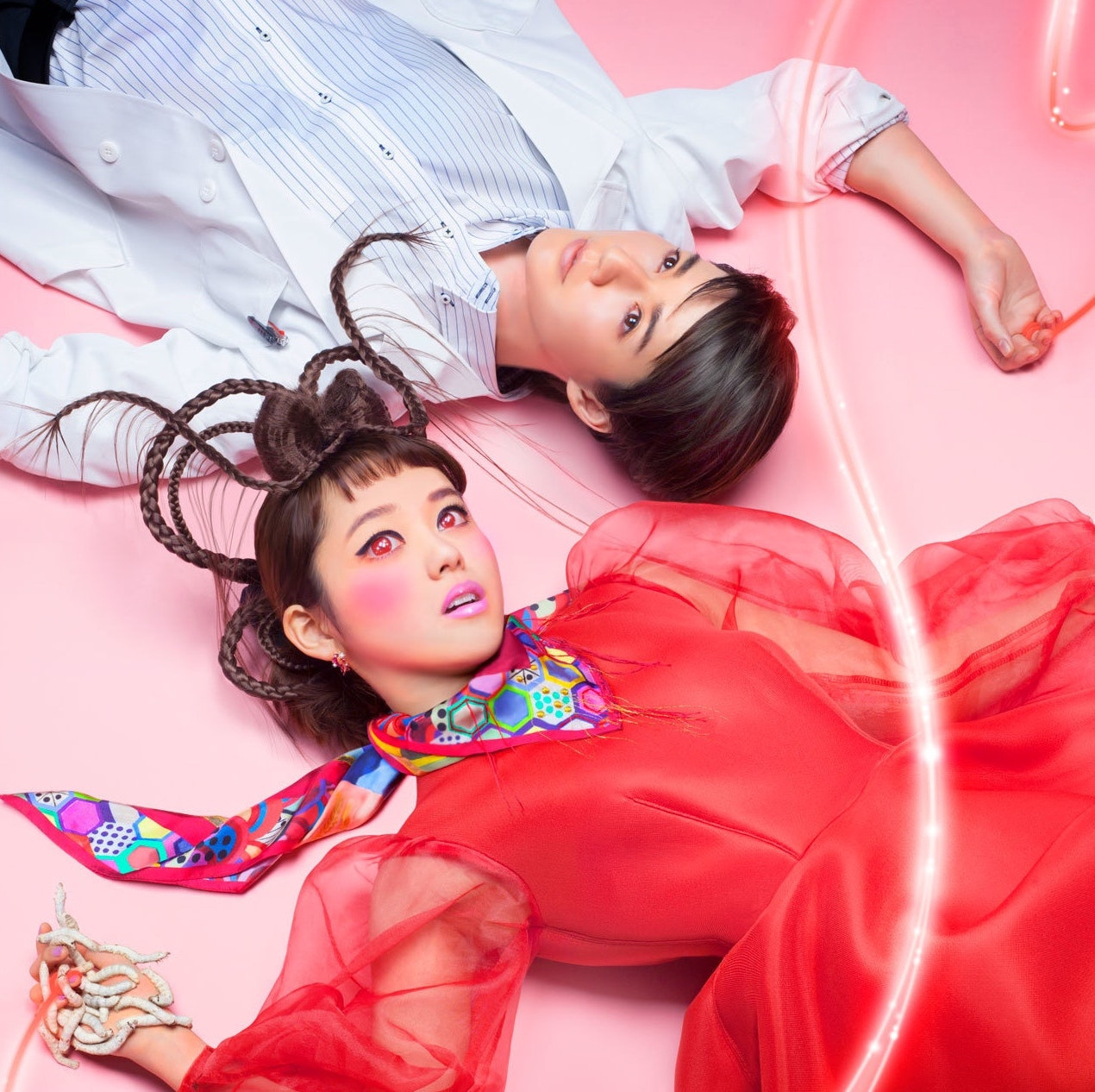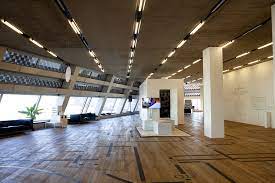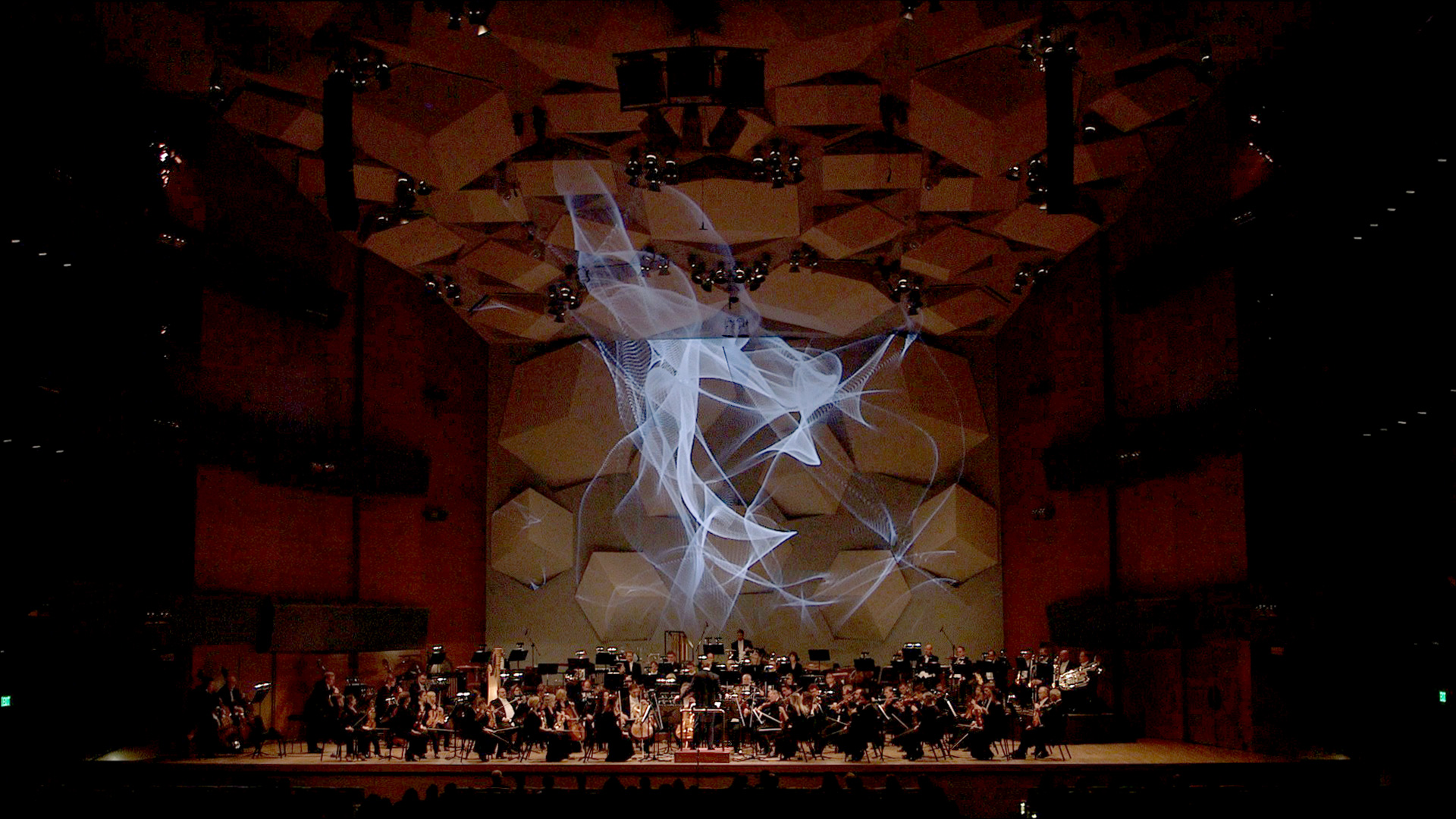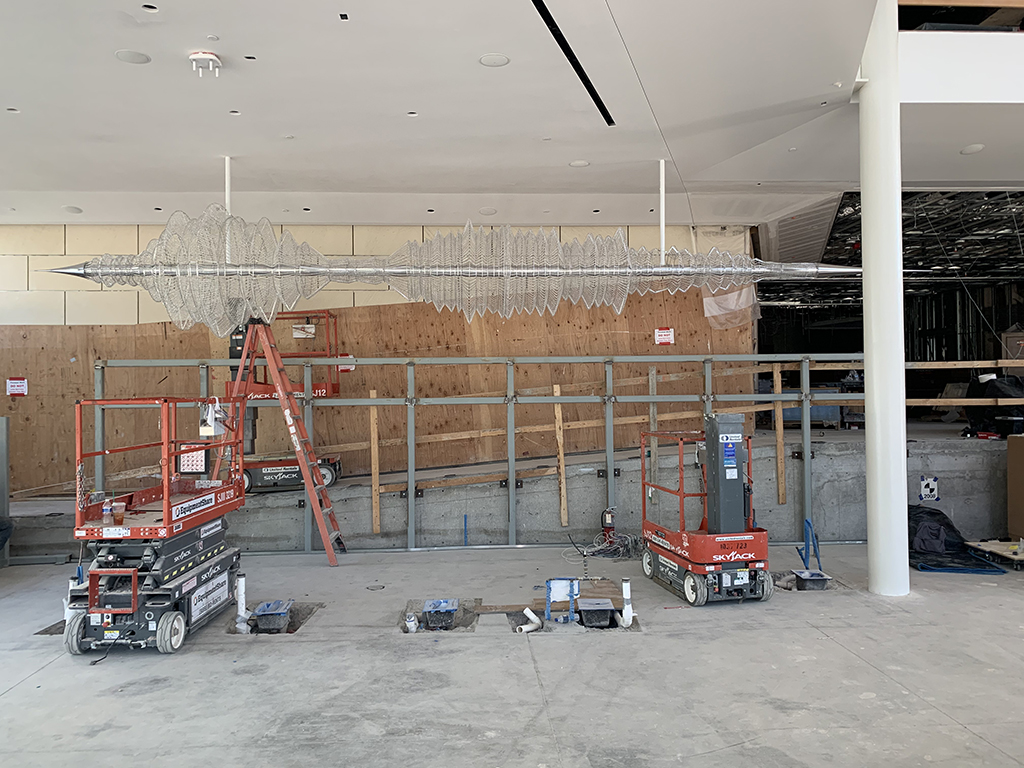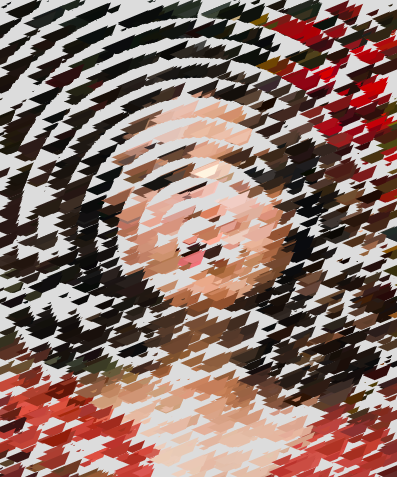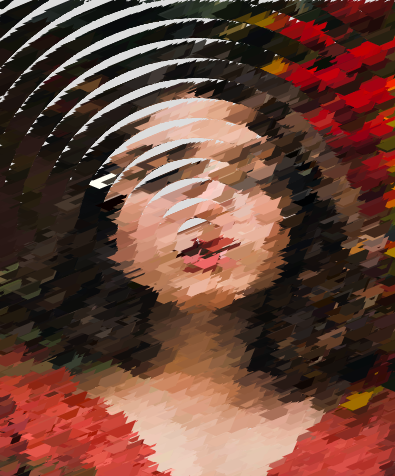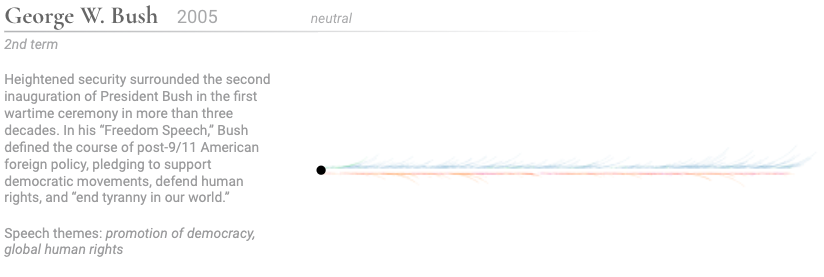Asking the Neural Network to Imagine a Chimera
Ex.icon
This project consists of a combination of text, AI generated images, and screenshots that work together to explore the idea of a chimera. It is a sort of back and forth between human and machine that interrogates the differences between human perception and machine perception and the opportunities that either offer for imagination and also interrogation of the existing repertoire of ideas and images. I find this combination of written theory and imagery particularly compelling because unlike many artworks this allows the viewer to follow the thought process of the artist in a much more direct way. The text situates the images in the context of the thought process rather than assuming that the viewer has all of the prerequisite knowledge to know how to interpret them. This particular artist has very little information about them online so it is not really possible to do a comprehensive biography. However, their artist statement tells us that their work uses various forms of play to decode the mythology of dualisms built into society, and interrogate human existence within late capitalism and technology. They work across many mediums, but much of the work seems to be related to experience within digital spaces.
Artist Website:
Project:
![[OLD SEMESTER] 15-104 • Introduction to Computing for Creative Practice](../../../../wp-content/uploads/2023/09/stop-banner.png)
